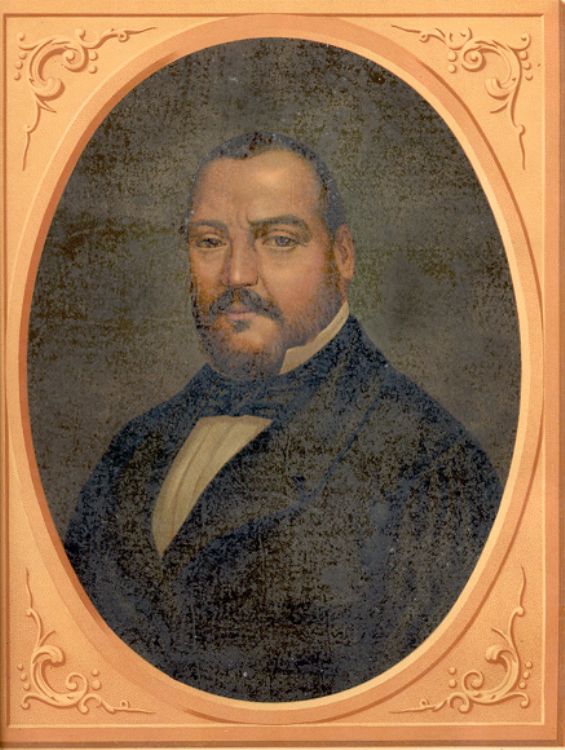
The War of Reform, History of Mexico
Mexicoâs War of Reform, also known as the Three Year Wa...
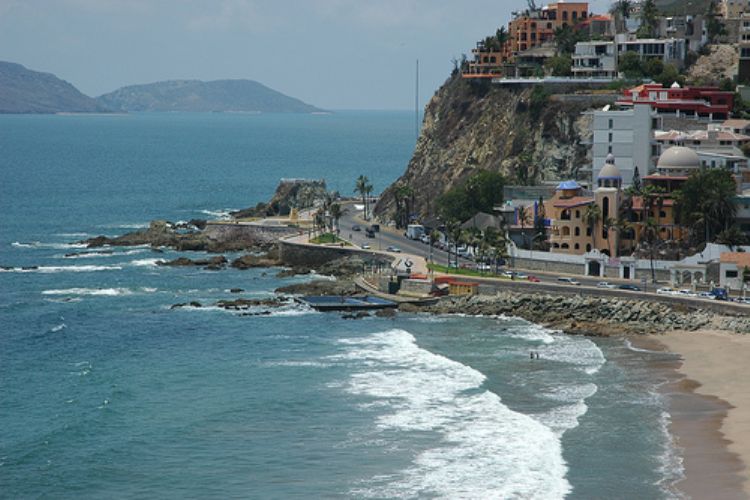
Mazatlan is known as the Pearl of the Pacific for the richness of its people, its customs, and paralyzing nature. It is located on the occidental northeast coast of Mexico. Today this port is considered one of the main tourist destinations in Mexico, thanks to its majestic beaches and non-comparable warmth of its people.
According to historians, before the arrival of the Spaniards, these lands were inhabited by indigenous groups known as Totorales, located on the margin south of the Piaxtla River, and the Xiximes, located on the lands near the state of Durango. It is believed that its name comes from the Nahuatl language in which ¨Mazatl¨ means deer (animal that is found abundantly in this region), and ¨tlan¨ means place or land of a region. Translated into Spanish it means ¨land of deer¨.
The colonial history of the city is related to the story of the region whose founding was on May 14, 1531. There were 25 Spanish men, sent by Don Nuño de Guzman, who practically burned everything in their path to get to this region after having founded Culiacan. After these events, the destruction and pillage of this area was imminent, and just after this, several Spanish ships left the port loaded with large amounts of gold stolen from the city mines, and this is a historical fact which results in an old legend of great treasures hidden in caves all along the coast. But this is not the only legend related to treasures; this port was pirate territory in the years before 1800, when French and English pirates used the hills surrounding the port coast to hide, and be able to steal from the Spanish who carried gold. It is believed that there are several treasures hidden in this region. It is worth mentioning that due to the lack of water and the salty lands, the first attempts to build settlements within this area failed, and it was until early 1700 that they were finally able to reach their goal.
This is how 200 years of history passed without big changes or advances in this people's life after its foundation by Nuño's 25 Spanish, until they overcame in the most important of all battles, the one fought against this difficult terrain causing the population to multiply. Therefore, a port was urgently needed, and by late XVIII century, Mazatlan was already working as a port. After that, its commerce begun to be developed, formal authorities were established, and the port started to advance and was considered the "âAthens"â of the west.
The true development in times before the revolution was made was in many ways thanks to Porfirio Diaz, who generated a huge investment in this area and modernized the railroad from Mexico City. Unfortunately, this development was stopped during the Revolution, because this port was destroyed, and was in caos until 1920. The 30's depression and World War II kept this beautiful port from being known as a famous tourist destination, and it was not until the 60´s that it became known as such.
However, despite these facts, Mazatlan was the most important city of Sinaloa for a long time because of its population and economic development, and it had become Capital of the State several times between 1859 and 1873. Later, Culiacán was established as Capital City.
In the time of Mexico's independence, Mazatlan was affected by Cholera epidemics from 1833 to 1851, and they killed a significant amount of people. In the same time, this City suffered several military episodes such as the rebellion of General Jose de Urea in 1838, the port blockade by the U.S.A. Army on February 17 of 1847, when the invaders occupied the main plaza without firing a single gun shot, and they remained there for the next 8 months after which they were finally defeated; also the failed attack of the French frigate "âCordelliere"â, and finally, the last foreign military invasion was in 1871, by the English army forces.
Today, thanks to its strategic location, this port is considered one of the top national spots for the commerce development in the Country, and it's a place full of industries, that have reached high levels in several areas such as "âEl Café Marino"â, "âCervecería Del Pacífico"â and a solid naval industry. Among its main activities we can name the fishing industry, which has 70% of the whole state fishing activity, having 18 fish ice-warehouses, 3 beverages facilities and more than 5 food packing buildings, besides 1 flour mill and 5 wood processors. Another very important activity is the tourism. Mazatlan has an international class airport, more than 9,200 rooms dedicated to national and international tourism with first class hotels, located mainly in front of along 36 kilometers of clean and blue water beaches, where we can find the world tallest natural lighthouse.
Today, Mazatlan has a population of over 404,000 (according to the Second Population and House Census in 2005), in its 3068 square kilometers (5% of the state total). Its population is in average under 15 years old and only 4% is over 64 years old. There's a balance between the men and women percent in the city.
Its economically active population (EAP) represents 34% of the population total; this means that, of each three people, one practices a productive activity, most of all, in the areas of commerce, fishing and city services.

Mexicoâs War of Reform, also known as the Three Year Wa...
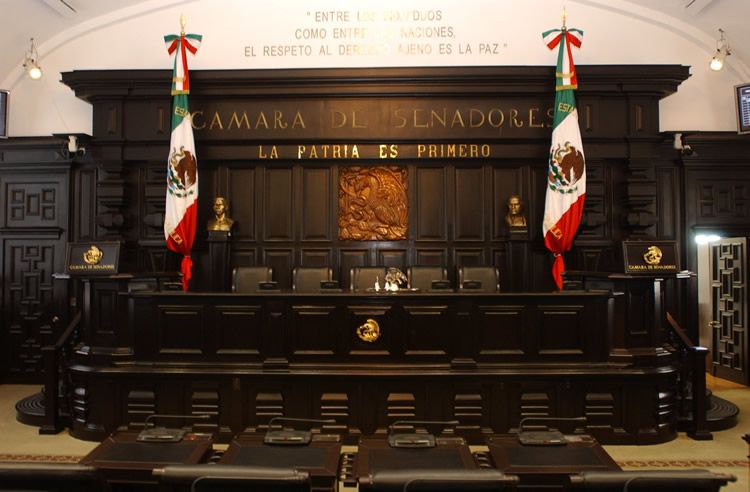
The history of Mexicoâs political parties can be divide...
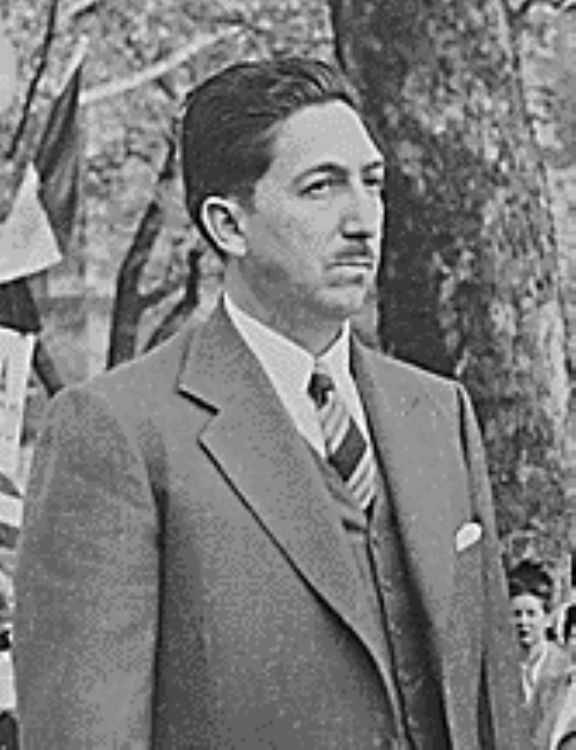
The three most representative economic models in Mexicoâ...
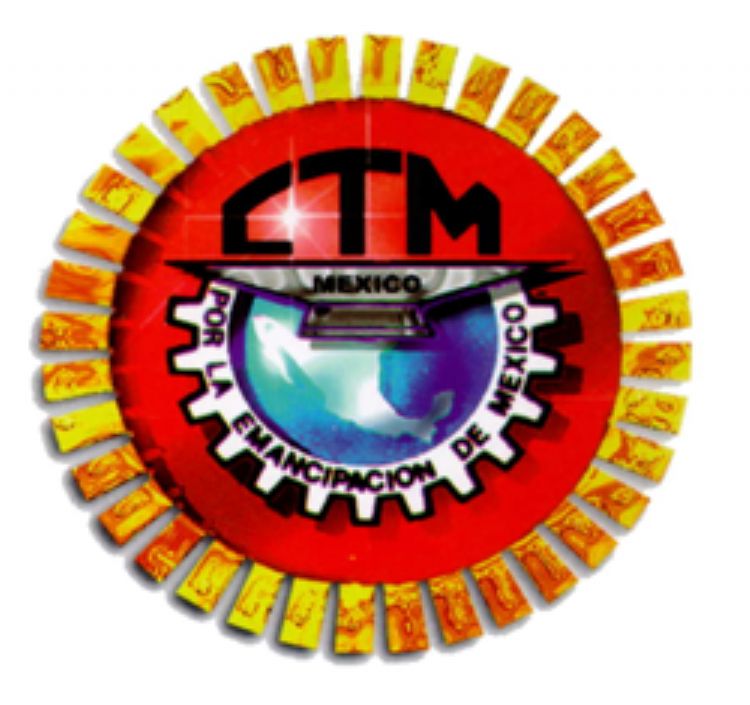
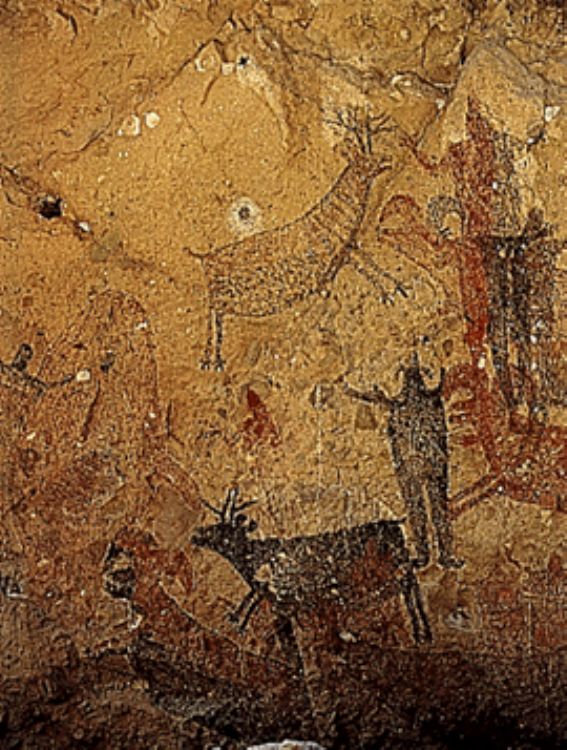
It is a combination of natural formations and those contr...
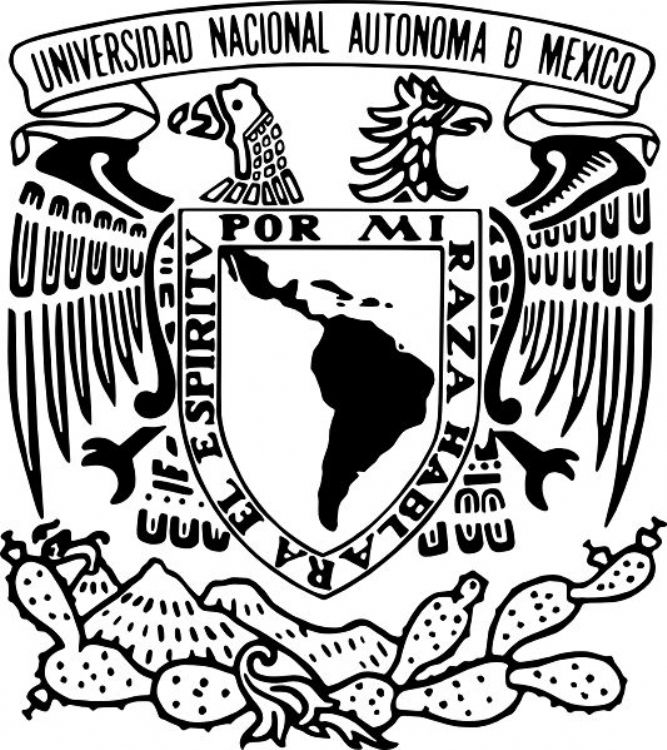
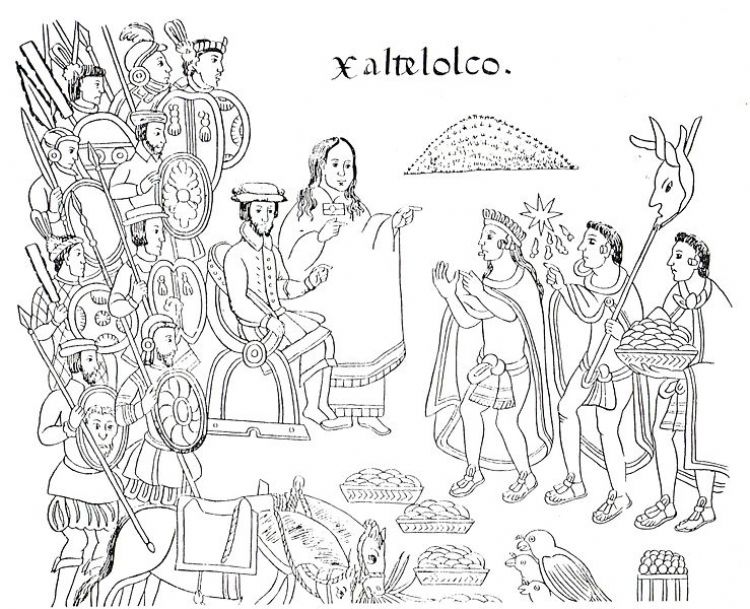
Upon the arrival of the Spaniards, people like the Tlaxca...

The French intervention of Mexico by the army of the Seco...
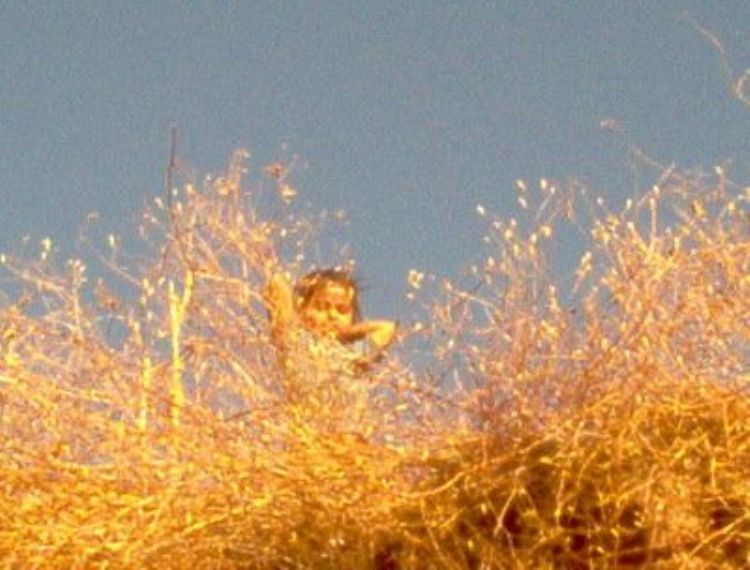
Different international organisms have developed instrume...